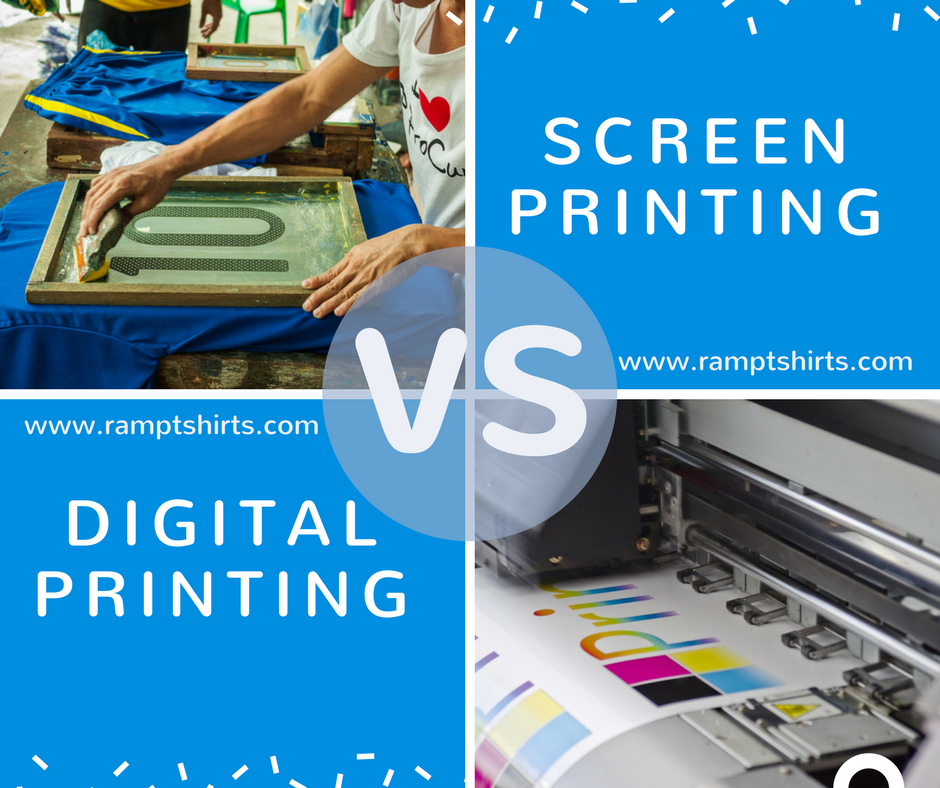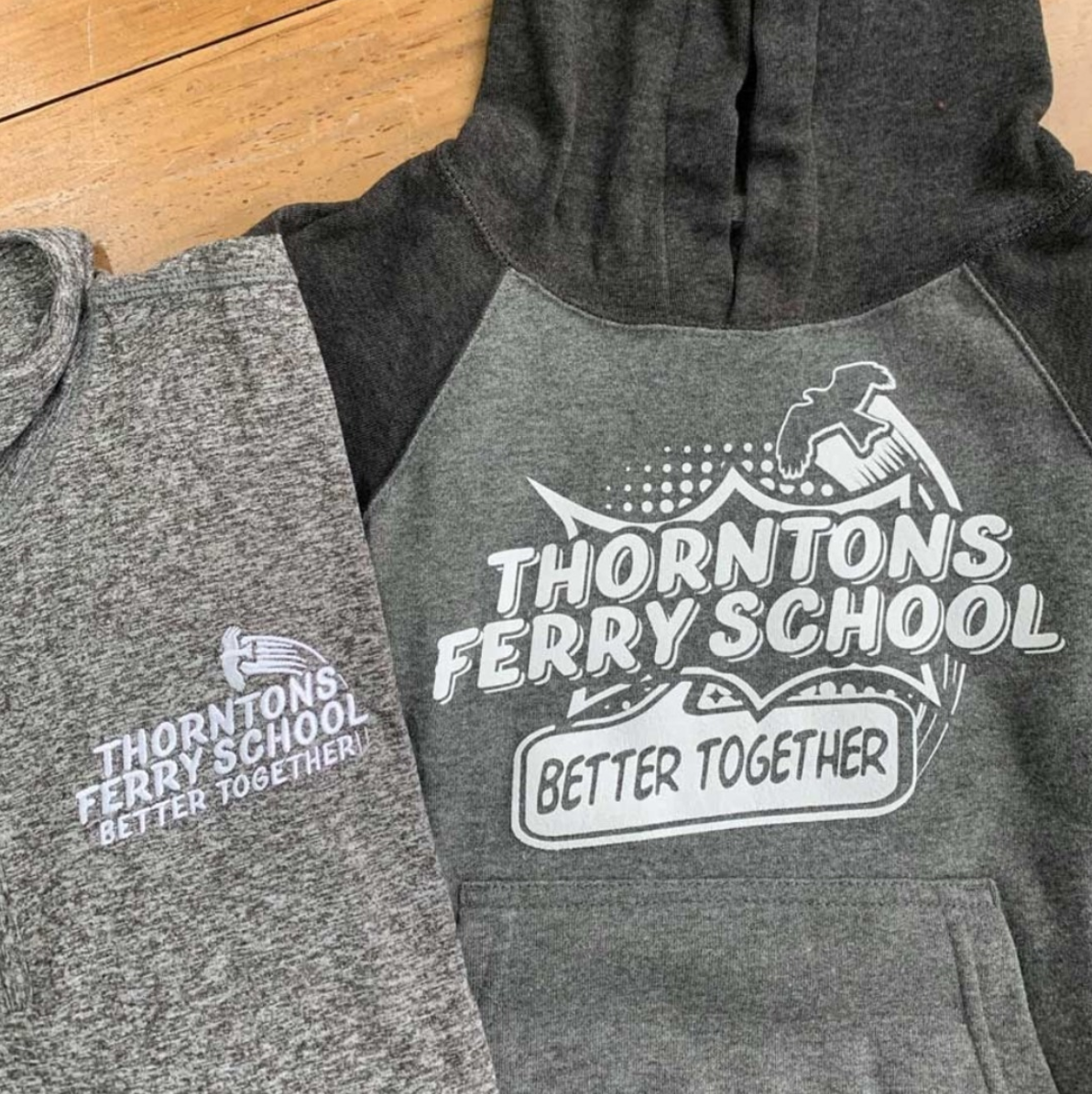8 Easy Facts About Tx Tees Explained
8 Easy Facts About Tx Tees Explained
Blog Article
Tx Tees - Truths
Table of ContentsHow Tx Tees can Save You Time, Stress, and Money.The 8-Minute Rule for Tx TeesNot known Factual Statements About Tx Tees Get This Report about Tx TeesHow Tx Tees can Save You Time, Stress, and Money.Some Known Incorrect Statements About Tx Tees How Tx Tees can Save You Time, Stress, and Money.
That brings your total amount to about $1,900 gross and shipping. Include up other costs, like the variety of utilities it requires to run the store and the cost of ink and emulsion per layout. screen printer. Take the print below for instance. This is a one-color photo, so the expense of ink per shirt is roughly 20 cents.The emulsion should just be a couple of cents since you 'd just require to layer one display for this task. Generally, printers try to make up to 45% revenue on a print task.

With DTF, you can print a handful of t-shirts, or just one. Utilize the very same calculator as the area over to compute just how much earnings you would certainly use DTF transfers. Compare the prices and earnings to whichever technique talks ideal to your configuration and procedure. Both display printing and DTF have their specific niches worldwide.
A Biased View of Tx Tees
The most effective way to understand? Ask about and see what printing shop like yours are doing. screen printer. Attempt both out and see which you like better
When you're selecting what kind of printing method to utilize for publishing your artwork layouts on your garments, it is essential that you know the differences in between these 2 methods so you can make the most of outcomes while reducing expenses. Display printing is one of the most generally used technique for printing designs on textiles.
DTG printing is likewise recognized as place or straight to garment printing because it prints only what is required as opposed to making a screen as display printers do. https://worldcosplay.net/member/1743892. Display printing functions by screen filler squeegee screen printing ink screen mesh display, then transferring the picture to garment using heat and/or pressure
The DTG printer utilizes special dye-sublimation inks that are used into a pre-designed photo by an electronic printing system. The inks enter into the textile, enabling dynamic colors and exceptional detail. It's also known as area or direct to garment printing because it publishes only what is required rather than making a display as screen printers do.
All About Tx Tees
Initially, it's much quicker - you can publish a fullcolor image in minutes, in contrast to hours for screen printing. Second, there's no established time or expenses included - you can print any design you like, without having to produce a display initially. Third, there's no waste - due to the fact that screen printers display print one style each time, they have to evaluate each shade separately.
The paper is very pricey and can just be made use of as soon as. Once it's printed on, it needs to be thrown out. - The initial acquisition cost is lower than the upfront financial investment of DTG printers- You can print multi-color layouts one screen at a time as opposed to needing to publish each color separately like DTG printing.

The Of Tx Tees
Rather of using display mesh as display printers do, dye sublimation printers use laser modern technology to move your images onto garments or paper. A warmth process moves the color from its solid-state directly into the gas phase which in turn merges it onto material substratums when they are rapidly heated to high temperature levels under high stress.
Sublimation printing is eco-friendly. It utilizes much less water than screenprinting, and due to the fact that it doesn't involve the use of harmful solvents, it's safe for all sorts of clothing. The color sublimation inks are additionally odor-free when treated, unlike display printers that utilize unsafe chemicals during the screen printing process that leave an undesirable smell.
They additionally save money on expensive tools like exposure units given that dye sublimation printers do not call for a UV exposure unit or a flash cure stove that is generally used in display printing (custom monograming). What is direct to garment printing (DTG Printing)? DTG printing is an electronic screenprinting process that prints straight onto material using specialized inkjet printers
Little Known Facts About Tx Tees.
DTG printing provides several benefits over standard screenprinting, consisting of the ability to print photo top quality images, greater color vibrancy, and the capability to print styles on darker textiles. DTG printers work by heating the fabric ink till it becomes a gas. The gas then permeates the fabric, bonding with the fibers to create a permanent print.

Screen printers simply prepare their display after that start publishing till they lack item or ink.- There is a variety of seasoned screen printers all over the globe, which can be helpful for newbies. - It's a slower process - screen printers often need to wait for the ink to completely dry prior to they can publish the next color- Display printers need hands-on labor, so there's a higher knowing curve and it takes longer to produce a top quality design- Screen printing isn't as exact as DTG printing, so you might get some "bleeding" of colors from one component of the picture onto another if not done effectively.
The Single Strategy To Use For Tx Tees
Nonetheless, as opposed to making use of display mesh as screen printers do, dye sublimation printers make use of laser innovation to move your images onto garments or paper. A heat procedure moves the dye from its solid-state directly right into the gas stage which subsequently fuses it onto material substratums when they are rapidly heated up to high temperature levels under high pressure.
Sublimation printing is eco-friendly. It makes use of much less water than screenprinting, and because it doesn't entail using damaging solvents, it's secure for next page all kinds of apparel. The dye sublimation inks are additionally odorless when treated, unlike display printers that use unsafe chemicals during the display printing process that leave an unpleasant smell.
They also conserve money on costly equipment like direct exposure systems because color sublimation printers don't call for a UV exposure unit or a flash remedy oven that is commonly utilized in display printing. What is straight to garment printing (DTG Printing)? DTG printing is an electronic screenprinting process that prints directly onto material utilizing specialized inkjet printers.
Getting The Tx Tees To Work
DTG printing provides lots of advantages over typical screenprinting, consisting of the ability to print photographic high quality photos, better color vibrancy, and the capability to publish layouts on darker fabrics. DTG printers function by heating up the fabric ink up until it develops into a gas. The gas after that permeates the textile, bonding with the fibers to develop an irreversible print.
Report this page